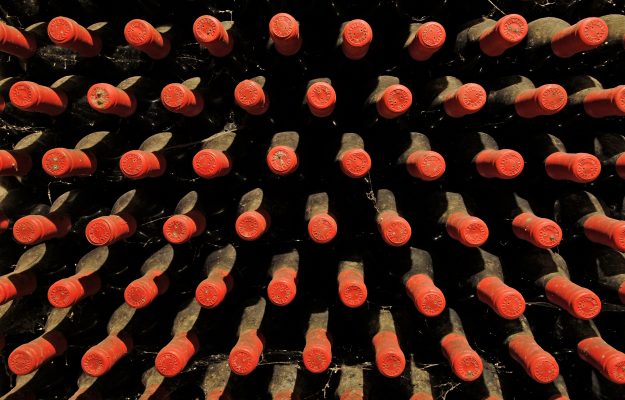That exports, which now account for more than half of the Italian wine business, have increased in the last 10 years, is a fact, as well as the great contribution to this growth, due mainly to the growth in quality of domestic production and the efforts of companies, is linked to the fund of the OCM Vino, and in particular the measure “Promozione dei Paesi Terzi”. A measure that, after a decade, and in view of the future that will be established by the reform of the post-2020 CAP, has been the focus of an analysis made by Ernesto Abbona, head of Unione Italiana Vini (Uiv). From which emerges, in the numbers, the extent of this measure, but also the critical issues that has presented over the years, and the great improvement.
First of all, it emerges that, between 2009 and 2018, community funds were spent for the promotion of Italian wine in third countries, for 660 million euros, which together with the funds put in place by the companies, 50%, as provided for by the measure, have activated, in fact, 1.2 billion euros of expenditure in promotional activities. A huge amount and that could have been even more, because the planned expenditure for the promotion, actually, would have been 780 million euros, with 130 million which, instead, could not be spent, explains the analysis, for administrative and bureaucratic difficulties, both in the first years of application, and in the last two (with the well-known events linked to delays in the publication of tenders and rankings, and to the consequent appeals, which have undermined the effectiveness of the measure). However, for some time now there has been an accusation against the mechanism of distribution of the Regions (which manage 70% of the budget, while 30% is in the hands of the Ministry of Agricultural Policies, ed.), “most of which, historically, have underused the budget available, ending up relocating it to other measures, primarily the restructuring of vineyards”. In any case, despite these difficulties, “Italy has been the country that has used the funds available most of all, and that has spent more in Europe in promotion: between 2014 and 2018, the Belpaese has spent 50% of the European budget, against 24% of Spain and 20% of France”.
And despite the great fragmentation of the Italian wine production system, the data shows that the Italian wineries have been able to aggregate, at least for the use of this measure, to the point that the average expenditure per beneficiary, between 2014 and 2017, was 278,788 euros for Italy, compared to 91,130 euros for France and 71,758 of Spain (and an EU average of 113,331 euros).
The efforts, of course, have turned to the most important non-EU markets for Italian wine, from the USA to Japan, from Canada to Switzerland, passing through Russia and, of course, China, especially in perspective, but have gradually been added also other “minor” markets, but potentially very profitable, such as Australia, Ukraine, India and Mexico.
Efforts that have produced results: in the period 2010-2018, exports of Italian wine grew by 8% in the USA, 5% in Switzerland and Norway, 4% in Canada, 6% in Japan, but also by 16% in China and 12% in South Korea, for example.
“The Promotion measure has proven to be an effective and well-used tool by Italian companies, despite the difficulties in applying them - emphasizes Ernesto Abbona to WineNews - which unfortunately brings with it every decree and ban. It is no secret that the supply chain, in all the organizations that make up it, needed to write an official note, complaining about the lack of discussion with the Ministry before the publication of the 2019 call for proposals.
A missed opportunity given that it is true that half of the quota available is public funds, but the other half is money from companies, from all of us, and we would have had the right to do our part. Extending the scenario, and coming to the European context, we obviously hope that in the new CAP the budget allocated through the National Support Plans will continue to be disbursed in the forms and manner that have proved to work in recent years. As the Italian Wine Union, through the Ceev (Comité Européen des Entreprises Vins, ed), we constantly monitor the situation, starting with the nomination of the next European Commission”.
Copyright © 2000/2025
Contatti: info@winenews.it
Seguici anche su Twitter: @WineNewsIt
Seguici anche su Facebook: @winenewsit
Questo articolo è tratto dall'archivio di WineNews - Tutti i diritti riservati - Copyright © 2000/2025








































































































































































































